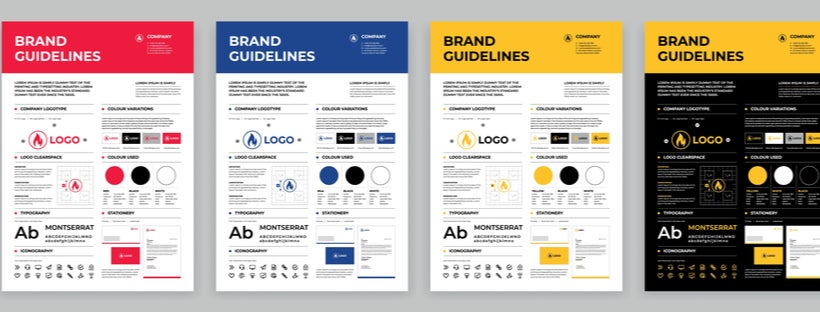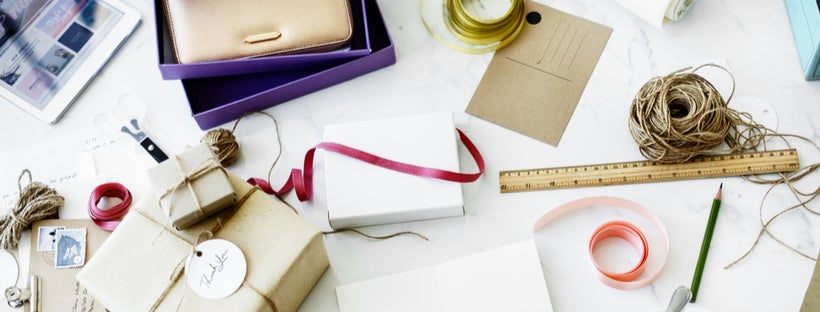Modern consumers expect product packaging to be a sensory experience. It’s an opportunity to create and convey a brand story to your customers. Consider prominent retail products, and you’ll quickly recall iconic brand packaging.
Custom packaging can deliver a similar result to your business and become synonymous with your brand’s legacy. Review the factors that go into creating custom packaging and learn how to create effective custom packaging in a few simple steps.
Consider Your Product and Target Market

Taking a look at the size and texture of your product will help you determine if you need to design special packaging. For instance, if the product is delicate, you’ll need a sturdy box. If your product has unusual dimensions, you may have to think outside-of-the-box for your packaging.
Similarly, considering the preferences of your ideal buyer will enhance your packaging’s appeal. Certain consumer demographics prefer bright colors and graphics while others will favor clean lines and subdued hues. Making informed design decisions based on target market research will yield highly effective product presentations.
Where are You Selling the Product?
Packaging will differ based on if the products are to be sold online, in retail stores, or in luxury boutiques. If you’re selling online, your packaging should be compact and keep the product from moving around inside the container.
If you’re selling in a retail store, the packaging should catch the eye of the customer and entice them to choose your product over the competition. In this case, you may also need custom shelf signs and vinyl banners for marketing. With boutique products, the packaging should be unique and have a luxurious appeal to enhance the product’s exclusivity.
Determine Your Brand Requirements

Before proceeding to the next step, it’s essential to consider the brand guidelines and the legal requirements. For the former, you will need to decide on the colors, font, and logo that you want to print on the package.
Depending on your industry, you may have to display certain information on the package in order to meet legal requirements. If not, contemplate the decision to utilize the packaging space to share text, images, barcodes, or association marks.
Find Style Inspiration
There are so many styles when it comes to packaging that deciding on a design aesthetic might be overwhelming. To narrow down your choices, it’s advisable to create an inspiration board featuring everything you like.
The sky’s the limit when it comes to finding inspiration. It could be the color of a candy you like or the font of a billboard outside your window. Creating a style board will help you figure out how it can incorporate brand-appropriate elements into your packaging. Moreover, if you decide to work with a designer, having visual examples of your desired result will streamline the customization process.
Consider the Budget
You can’t make a business decision unless you consider the expenses. Packaging will involve the cost of getting it designed by a professional, getting a print plate setup, and so on. Additionally, you’ll have to consider the packaging costs per item to weigh profitability.
Investing in quality packaging is crucial for building a strong brand identity. However, you should be able to commission custom packaging from a reputable vendor that doesn’t damage your bottom line.
Select the Right Type of Packaging

Now comes the fun part of selecting your custom packaging design. First, you must select the outermost layer, which is the first thing the customer sees. It could be a bag or a box. Next, the product packaging, for which you’ve already done all the work in the previous step. Last is the inner packaging, which includes the materials that’ll keep your products safe and intact and provide a fun or memorable unboxing experience for customers.
While deciding the product packaging, you’ll come across multiple options, and it won’t be easy to choose. If you think bottles are the best option for selling liquids, you may want to think again. For instance, you can have juices in bags and cartons. It’s a good idea to research what the competition is doing. You can select something that customers are used to but put your own unique touch on a packaging staple for best results.
Evaluate Your Design
This is the final step and perhaps the most important one. While evaluating the design of your vinyl banners, shelf signs, or product packaging, you may want to receive some feedback.
For instance, your packaging should convey what the product is and accurately represent it. If the two do not match, your customers may feel cheated. This focused feedback step is important for in-store essentials, online advertising, and product packaging performance.


 Posted in
Posted in